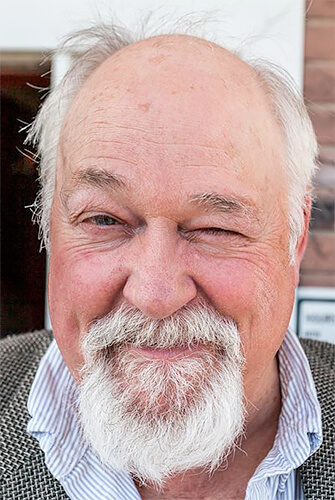"I was born in Camden, Maine and loved vintage cars since I can remember; I bought my 1936 Pontiac at age 15 as soon as I had my driver's license. I didn't pick up a camera until I was in college at Rhode Island School of Design. I remembered all the incredible images that I used to see in vintage auto boneyards while I was sourcing parts for my '36 Pontiac and various other classic cars that I had collected,including a '29 Essex, a'41 Packard & 'a 54 Nash, so I started to bring my camera to the boneyards instead of my wrenches and shot abstract details of dented car fenders, old safety glass, rusty doors, and old chrome. I was so excited by this photography that I switched majors from sculpture to
photography and was fortunate enough to study with Aaron Siskind; graduating with a BFA
in photography in 1974. I also attended The Maine Photographic Workshops (now Maine Media Workshops), where I mentored with Paul Caponigro, Arnold Gassen and John Loengard. later on I took courses in digital printing at MECA (Maine College of Art).
I hunt "Wild Art" : abstract details of found objects.
I particularly like the contradictions of what I capture:
the images are abstract, yet they are real
the images are painterly, yet they are photographs
the images are beautiful, yet come from discarded deteriorating derelict objects
the images are from seemingly permanent subjects yet the are prone to disappear overnight
(often my photographs are all that is left).
I also appreciate the mystery of the unknown history of my various discoveries
as well as acknowledging their wabi sabi nature.
When people view my work they have to reach deep into personal experience and imagination.
Being abstract and virtually unrecognizable my images may evoke a memory, an emotion,
or a reminder of something visually similar and are sure to beg the question: 'what is it?', thereby starting the conversation..." -- C.E. Morse
"It's not what you look at that matters, it's what you see." -- Henry David Thoreau
